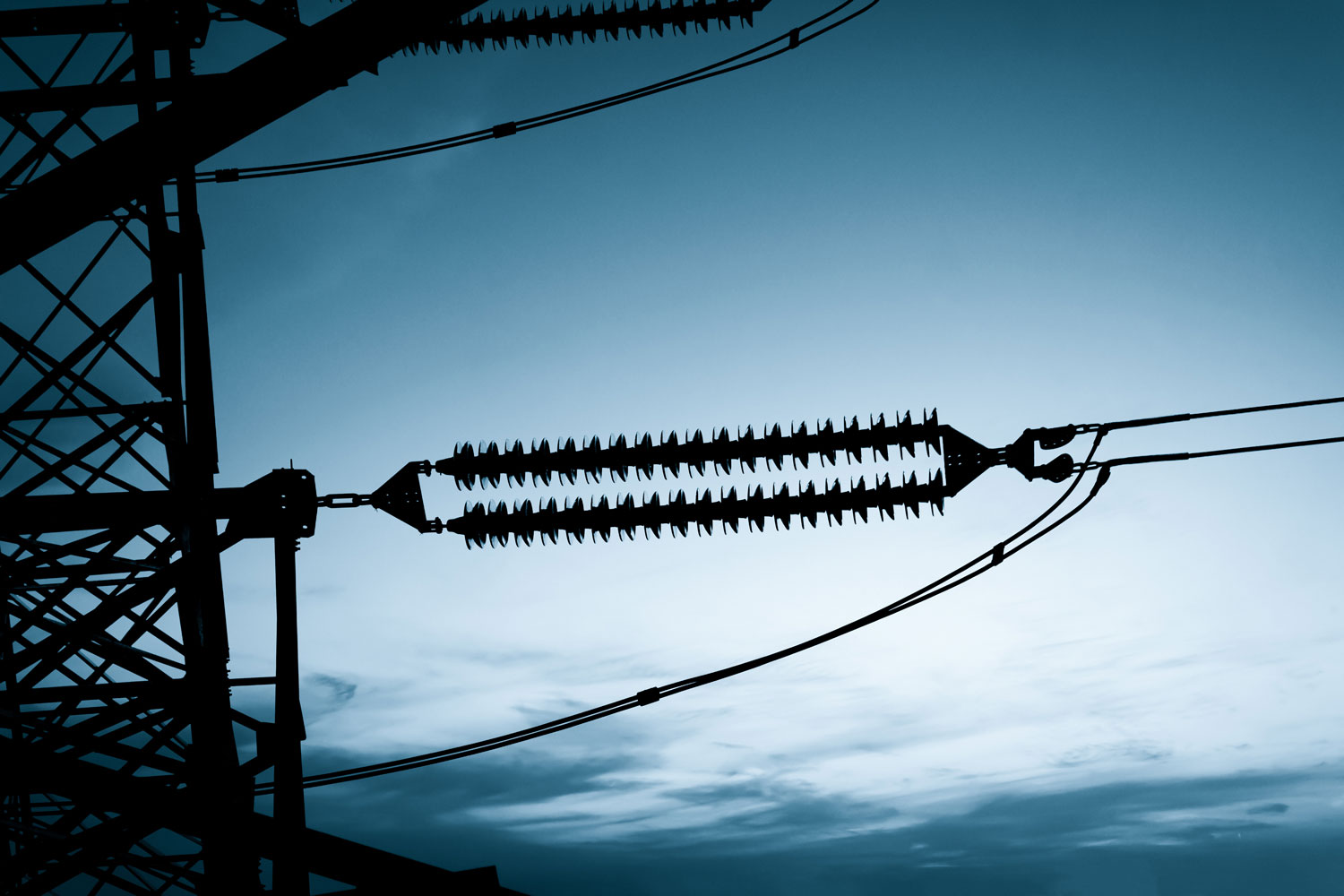Over the past number of years power grids around the world have been facing a two-headed challenge: maintaining the old and building the new. This is putting additional pressure on manufacturers to provide the right digital technologies and utilities to maintain a work force with the right technical skills to meet this challenge.

Maintaining the Old -- The Existing Power Grid
Maintaining the old means keeping the lights on for North American power grids whose last major buildup dates back to the 1960’s and 70’s. Considering the complexity of power grids and their asset intensive nature, it is not feasible to rebuild them from the ground up. Therefore, a pragmatic approach based on maintenance and case by case replacement is necessary.
Our aging energy infrastructure uses old technology equipment that was built to standards that do not meet the safety and environmental standards of the 21st century which are now looking for alternatives to oil and gas insulated equipment.
As-Needed Replacement of Oil-Filled Bushings with Dry Type Transformer Bushings
A case in point are transformer bushings where there is a significant investment by utilities to replace their vintage oil-filled bushings with dry type. There is still a large inventory of older transformers that are operating reliably on the power grids. However, as oil-filled bushings age they become an operating risk to the transformer asset and site personnel. Because bushing failures are one of the main causes of transformer failures it is essential that they be replaced at the right time to protect the transformer. But these older bushings were built to now obsolete standards and getting a “like for like” replacement is excessively expensive. Modifying the turret to accommodate a more modern existing design is even more out of reach for tight budgets.
Design Flexibility of Dry Type Bushings at RHM
This is where RHM is uniquely equipped to help, thanks to the manufacturing processes of our dry type and paperless RIF® technology. The wrapping process used for our primary cores allows for flexible designs. Nonstandard designs can therefore be produced at little to no extra cost as no specific new molding or tooling is necessary. With our dry type RIF® bushing the customer gets a safer, custom engineered, “like for like” replacement bushing that is quick and easy to install in the field. And RIF® bushings require no special storage arrangements as they can be stored outside in their original shipping crates until they are ready to be installed thereby simplifying the overall tasks of maintenance crews even more.
The same design flexibility and performance benefits also apply to RHM’s other dry insulated products – instrument transformers and cable termination accessories; enabling a stronger and safer legacy grid.
Building for the Future
At the same time the power industry is preparing for a future digital era grid. A growing trend is seeing electronic and optical based digital functions entering new and older substations and substituting the incumbent analog equipment. The power industry is going through a new learning curve from manufacturing to implementation into the power grid. New technologies and concepts are being introduced that will be stressed by climate change and test the expertise of the existing workforce.
Seamless Transition to Digital Instrument Transformers
RHM has introduced a portfolio of digital instrument transformers meeting the IEC 61850 protocols and beyond. But a key distinction comes from the fact that RHM has designed their Low Power IT around the same primary dry type insulations, HV DryShield® and RIF®, that we initially introduced for the analog grid. This has provided a seamless transition from analog to digital with a proven performance and reliability. The digital function can be operated the same way as the former analog one as the sensing and analog to digital conversion (ADC) has been kept at ground potential.
RHM can also offer, if needed, hybrid CTs featuring both analog and digital functions in the same unit. Utilities can then replace failing oil or gas filled units right now and still be prepared for the later digital transformation of the substation.
